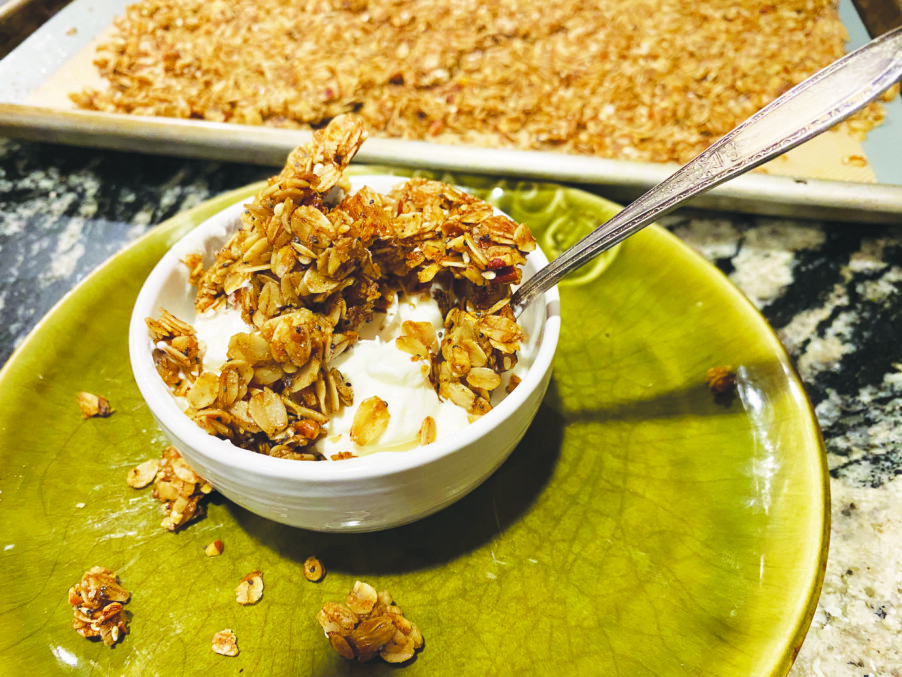Fear Factories, by Matthew Scully (First Arezzo Books, 273 pages)
Justice for Animals, by Martha C. Nussbaum (Simon and Schuster, 320 pages)
It’s been nearly half a century since the Australian philosopher Peter Singer published Animal Liberation, effectively launching the modern animal rights movement. Twenty-seven years later, Matthew Scully — best-known then as a speechwriter for George W. Bush and other GOP politicians — came out with Dominion, which became a sort of Animal Liberation for a new generation (and also for those who couldn’t stomach Singer’s more controversial takes, such as giving parents the right to end the lives of disabled newborns).
Both writers made a compelling case against “factory farming,” the means by which the majority of meat and dairy products in the U.S. are produced, with scale, efficiency and speed that requires animals be treated in ways many people consider horrific. So, how’s it going?
Not so great, despite legal advances made by animal-rights activists and slight declines in recent years in per-capita meat consumption. Vox last year claimed in a headline “You’re more likely to go to prison for exposing animal cruelty than committing it,” which is demonstrably untrue, but the overarching point is valid — legal theory and strategy that aims to reduce animal suffering is still largely left wanting.
Into this void comes the highly regarded University of Chicago philosopher Martha Nussbaum, whose Justice for Animals proposes a new legal theory, which she calls the “capabilities approach.” Published last year in hardcover, it’s new in paperback, as is Matthew Scully’s followup to Dominion, called Fear Factories. (And last year Singer updated his original work in a volume called Animal Liberation Now.)
Nussbaum, the author or co-author of 24 other philosophy books, is relatively new to the subject of animal rights, having seriously picked up the cause after the death of her daughter, an attorney who specialized in animal-rights cases. In Justice for Animals she expounds on ideas previously applied to standards of human welfare and assigns them to animals. According to Nussbaum, most animals can suffer injustice for which human beings should be held accountable. But not all animals. Nussbaum argues that we should take into account whether the animals are capable of living a certain sort of life — one in which they are striving to flourish in that world in ways accordant with their species. Injustice can be done to animals, therefore, not just by the willful infliction of pain but by thwarting animals from their natural progressions of life.
There are gradations that can make it difficult to identify injustice — she’s still not sold, for example, on whether crustaceans truly have flourishingly lives, and insects don’t seem to process pain. But injustice “centrally involves significant striving blocked by not just harm but also wrongful thwarting, whether negligent or deliberate,” Nussbaum says. If that smacks of legal-ese, well, this is a book that wants to establish a framework for bringing legal cases on behalf of animals, and so it lays out the case soberly, often with stilted language and professor-like repetition. This is for people who want to get into the weeds of animal rights.
Among the questions she tackles: Are we morally obligated to intervene to protect wildlife from misery and disease? (The New Hampshire moose dying of tick infestation come to mind.) Should we intervene when we have a chance to save an individual animal, or many, from predation? Can humans be “friends” with animals in captivity?
While Nussbaum considers the treatment of animals bred for slaughter on factory farms, and the cattle in large-scale dairy operations, a “moral horror,” she does not argue for veganism, saying, “I have no principled objection to the human use of animal products, so long as the animal is able to carry on its characteristic animal life.”
Scully, on the other hand, is a vegan, although in Fear Factories he does not aggressively try to convert meat-eaters; he seems principally concerned with getting people to think about the animals that suffered in order that they may enjoy a bacon cheeseburger. If they change their eating habits, all the better, but you get the sense he’d be satisfied if we could just stop with the wide-scale misery.
Fear Factories is a collection of about 50 articles and essays published between 1992 and 2022; nearly half originally appeared in the conservative journal National Review. Animal rights are typically considered a cause of the political left; as such, Scully was definitely not preaching to the choir, and the photos he chose for the covers of the book go for our emotional jugular. (The front cover shows rows of gestational crates, the kind Proposition 12 banned in California; the back, a close-up of a miserable pig in such a crate.)
While Dominion was deeply reported, with Scully going to a factory farm in North Carolina and a meeting of an international sport hunting club, among other places, the essays in Fear Factories draw more on his personal experience. In an essay titled “Lessons from a Dog,” he writes about how his childhood attachment to a stray dog his family adopted led to a moral awakening that caused him to become a vegetarian as a teen. Many others involve animal cruelty laws that were then being debated and met with resistance even though they proposed, as Scully writes, to extend “the smallest of mercies to the humblest of creatures.”
Scully has the soul of a poet, and it comes across in devastating prose in which he takes on the harvesting of elephants, trophy hunting, seal clubbing and other atrocities, and the derision and contempt often given animal-rights activists trying to make a point in ways as simple as offering water to a pig headed for slaughter. He also includes reviews he has written of other animal-centric books, such as The Creation: An Appeal to Save Life on Earth by Edward O. Wilson and The Story of Charlotte’s Web by Michael Sims.
While Scully is more eloquent, and Nussbaum more scholarly, both continue to build out the case against factory farming. Neither is an easy read, however; they are not meant to be enjoyed so much as to be studied. Fear Factories: A; Justice for Animals: B-






